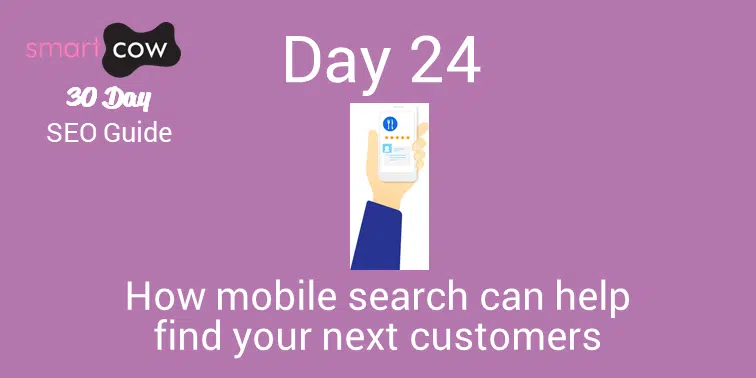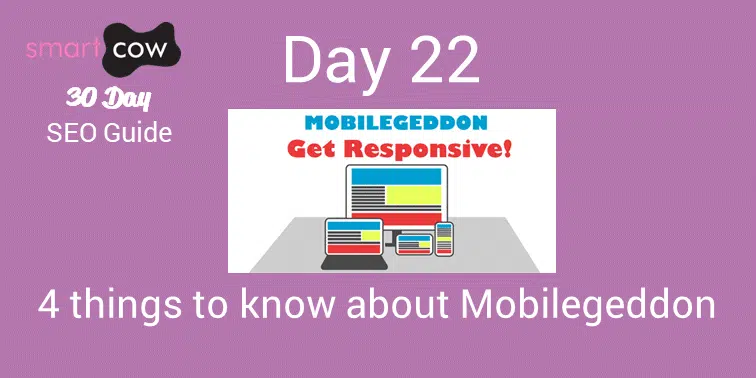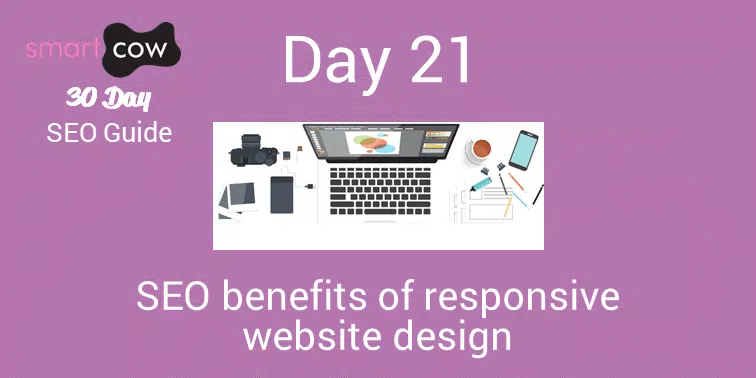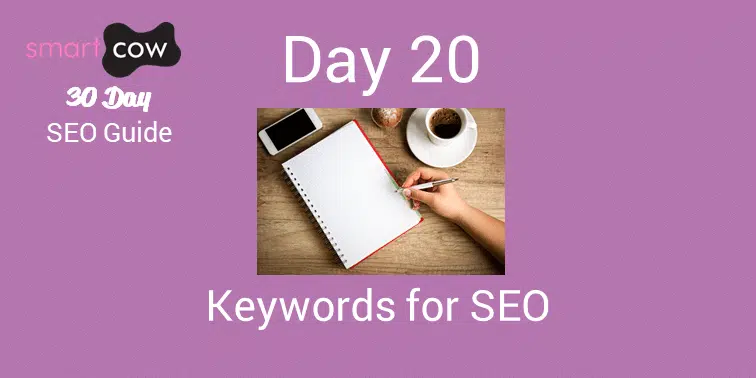Making the case for mobile
It’s easy to see how pervasive mobile technology has become. Take a look around and you’ll see people with their faces buried in their mobile phones. Mobile is everywhere…in our hands, on our nightstands and desks, on the news…everywhere. Mobile is at the intersection of all the most important aspects of our lives – family, work, socialisation, fun, and business.
If you need more convincing, here are a few statistics that will make the case. eMarketer estimates the number of U.S. consumers with a smartphone will more than double from 93.1 million at the end of 2011 to 192.4 million by 2016, when 58.5 percent of the total U.S. population will have a smart phone.
55 percent of adult phone owners now use their phones to go online, and 17 percent do most of their online browsing on their phone rather than on a computer or other device. Most do so for convenience, but for some, their phone is their only option for online access. (Source: Pew Internet).
Research has also shown that more people have mobile phones than toothbrushes worldwide (Source: The 60 Second Marketer).
What does this use of mobile mean for your small business?
The way consumers find and choose restaurants, contractors, spas, stores, and entertainment has evolved dramatically.
In addition to search engines like Google or Bing, consumers use city guides like Citysearch, review websites like Yelp, and other mobile apps to discover new businesses.
They use websites and apps like these to help them make decisions in the moment while their purchase intent is incredibly high.
Consider the following:
• 75 percent used a mobile device to get real-time location-based information. (Pew Internet)
• 90 percent of mobile searches lead to an action. (Source: searchengineland.com)
• 70 percent who ran a local search via mobile acted within an hour (Source: CMO Council)
We live in a mobile society. Potential customers are making decisions based on their mobile behavior. If you don’t capitalise on this behavior, you may lose business to your competitors who have embraced this new reality.
Digital marketing expert Croydon
We are a digital marketing agency based in South London working with small businesses, as well as those in accountancy and the construction sector to help get them noticed online. Drop us an email at Saymoo@smart-cow.com or give us a call on 020 3137 1826.



